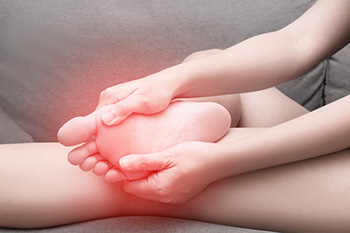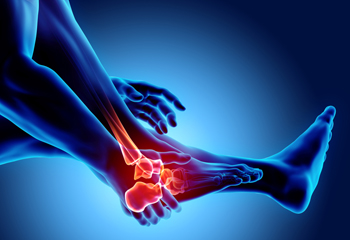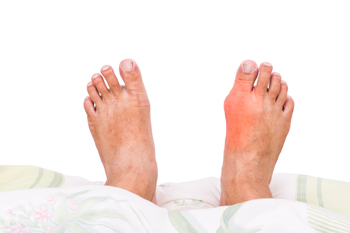
Tarsal tunnel syndrome (TTS) occurs when the posterior tibial nerve, which runs along the inside of the foot and ankle, becomes compressed or damaged. Inflammation, pain, and numbness on the inside of the ankle or bottom of the foot may result from this condition. TTS usually occurs from an injury or another foot problem like bone spurs or flat feet. It can also arise due to a health condition, such as diabetes or arthritis. Symptoms are often brought on by overuse of the foot, prolonged standing, walking, or beginning a new exercise program. It is a rare condition that can become severe and cause nerve damage. If such pain is felt, it is important to see a chiropodist for proper evaluation and recommendations for immediate treatment.
Tarsal tunnel syndrome can cause pain and progress over time. If you are experiencing any symptoms of tarsal tunnel syndrome, please consult with one of the chiropodists from The Footcare Centre. Our chiropodists will assess your condition and provide you with quality foot and ankle treatment.
What Is Tarsal Tunnel Syndrome?
Tarsal tunnel syndrome is a condition in which the posterior tibial nerve, which is located within a structure called the tarsal tunnel on the inside of the ankle, is squeezed. Compression of the posterior tibial nerve can be caused by injuries, such as ankle sprains, systemic diseases like diabetes or arthritis, strain on the tarsal tunnel due to flat feet, or an enlarged structure like a cyst squeezing the nerve.
Symptoms
Symptoms of tarsal tunnel syndrome can appear suddenly and are generally worsened by physical activity.
Common symptoms include:
Tingling, burning, or electrical shock sensation on the inside of the ankle or bottom of the foot
Numbness
Shooting pain
Diagnosis
Tarsal tunnel syndrome is diagnosed through physical examination. If initial treatment is ineffective, imaging or nerve studies may also be necessary.
Treatment
Nonsurgical treatments for tarsal tunnel syndrome include resting and icing the foot, bracing or immobilizing the foot, wearing an orthotic device, modifying your footwear, and taking medications to relieve pain. Surgery may be needed if nonsurgical treatments are ineffective.
If you have any questions, please feel free to contact our office located in . We offer the newest diagnostic and treatment technologies for all your foot care needs.









